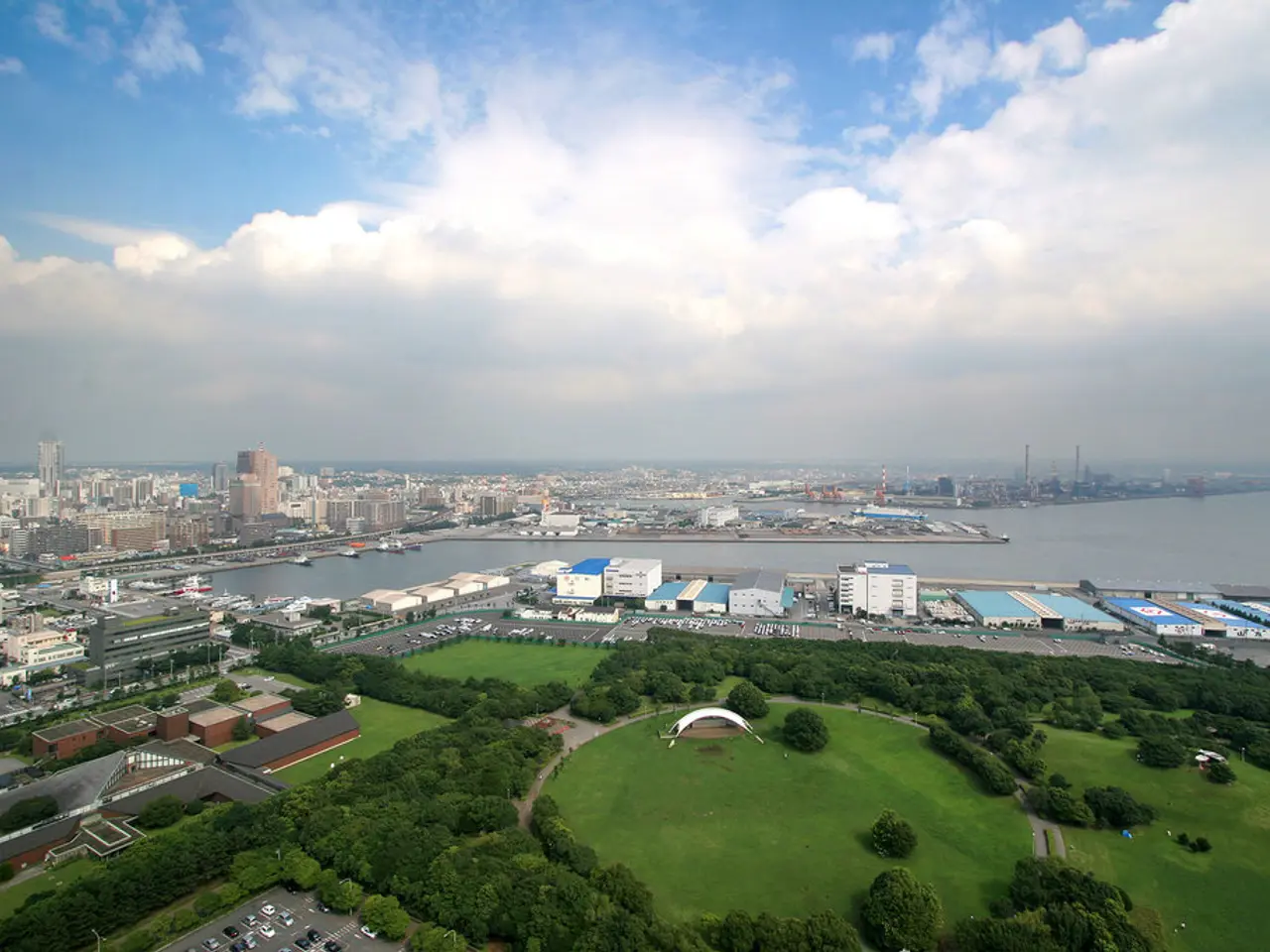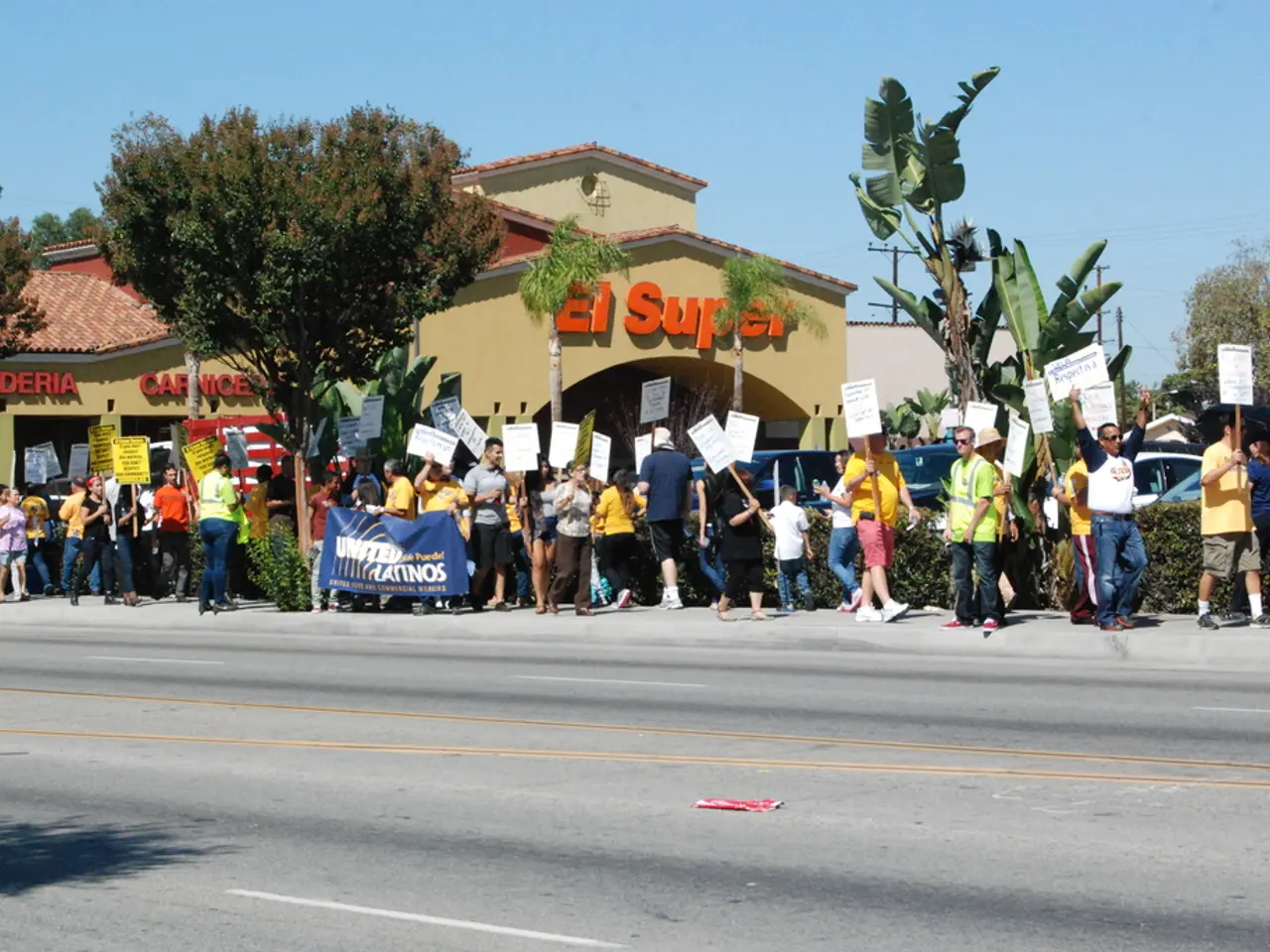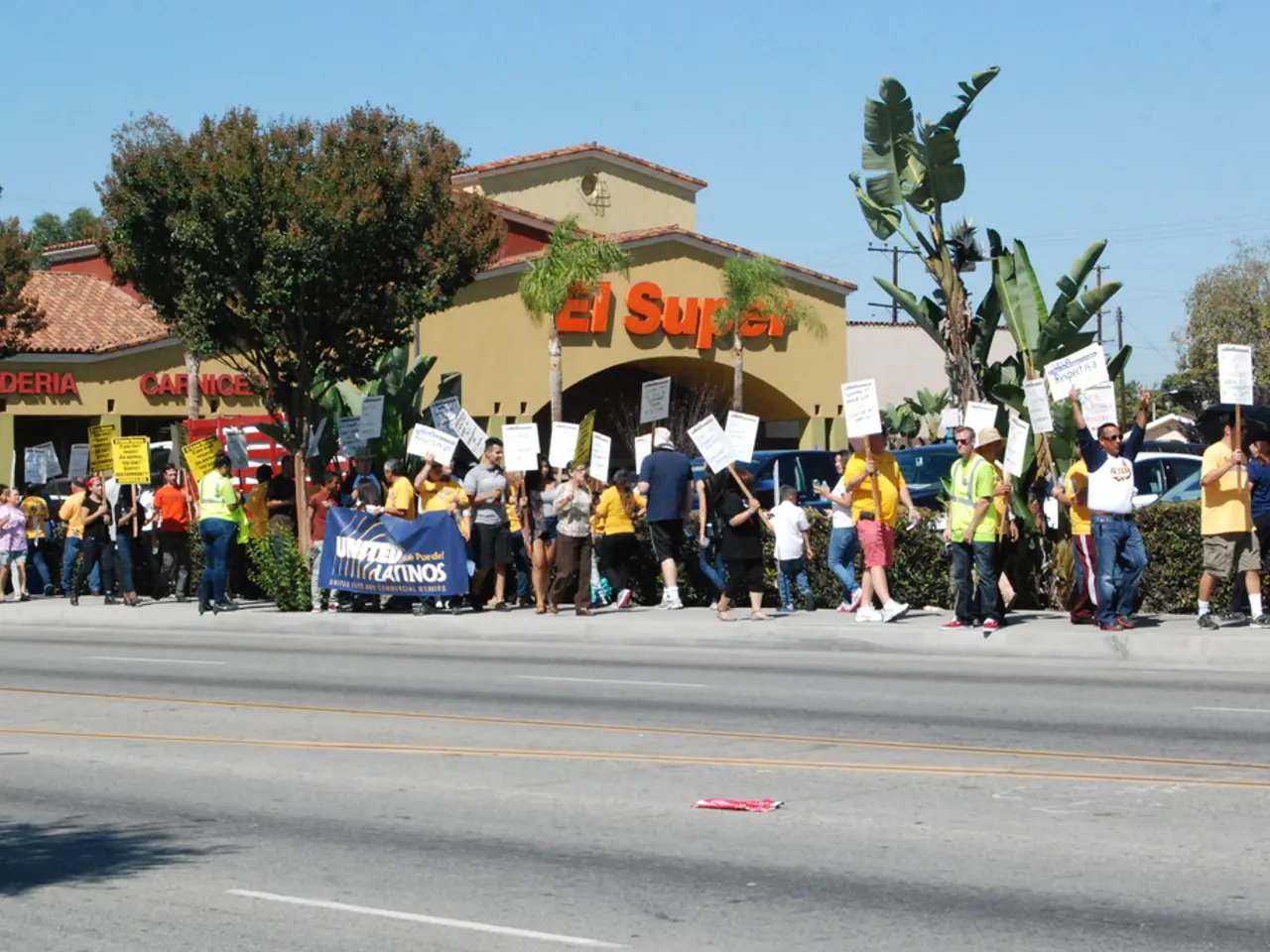City Planning Strategies: A Sustainable Approach Through Permaculture
Cities across the globe are recognizing the importance of sustainable urban development, and one approach that is gaining traction is the application of permaculture principles. This ecological design system, focused on reducing waste, promoting biodiversity, and aiming for closed-loop systems, offers a practical solution for creating greener, more resilient cities.
Local governments play a crucial role in making cities more sustainable. By working closely with experts and the community, they can develop policies that not only benefit the environment but also improve the lives of city dwellers.
One of the most promising areas where permaculture principles are being applied is urban agriculture. Cities like New York, Singapore, Toronto, and Berlin are leading the way, transforming underused spaces, such as rooftops, parking lots, and industrial rooftops, into productive farms. These farms use composted organic waste as fertilizer and greywater systems for irrigation, reducing freshwater consumption and supporting circular economy goals. Urban organic farming and rooftop farms also provide benefits such as insulating buildings, reducing urban heat, and creating local food sources [1][3].
Community gardens are another example of successful urban policy implementation of permaculture principles. These initiatives, often facilitated by urban policies that support the takeover of abandoned lots or schoolyards, foster shared stewardship, community cohesion, and environmental education. They reconnect urban residents with nature while serving as biodiversity hotspots and social permaculture examples by integrating diverse social groups and fostering collaborative management [1][2][5].
Vertical farms, such as those found in Singapore, demonstrate the creative use of limited space. These controlled-environment vertical farming policies optimize space using hydroponics or aeroponics, enabling year-round, water-efficient crop production in stacked layers with climate controls. These initiatives illustrate permaculture principles like maximizing edge effects and responding creatively to constraints [1][3].
Policy integration and incentives are essential in promoting urban agriculture and green infrastructure. Governments embedding urban agriculture within city master plans and providing incentives to households and communities exemplify permaculture’s principle of “Use Small and Slow Solutions,” enabling incremental, community-focused changes rather than imposing large top-down schemes [1][2].
Education and advocacy are key to spreading permaculture in cities. Nonprofits like the Ethos Foundation help spread permaculture and support community efforts, offering resources and advice for starting permaculture projects. The Permaculture Education Institute offers courses, masterclasses, and workshops. Community education programs come in many forms, such as workshops, online courses, community garden initiatives, and partnerships with local schools and universities [4].
Cities like Havana, Cuba, and Seattle, Washington, have seen better food security and less environmental harm by turning to permaculture in their urban planning. Urban permaculture gets a boost from using data to manage resources better, helping cities invest wisely in green projects. Community-based initiatives that promote collaborative urban planning and design, the use of perennial plants, swales, and drip irrigation to enhance local food security and reduce urban pollution, and the development of urban agriculture projects that contribute to reduced transport emissions and improved air quality are trends changing urban permaculture [3].
Smart city tech improves energy use and cuts waste, data analytics help plan better and use resources wisely, and green spaces like gardens and rooftops add life and cool cities down. As cities grow, using permaculture principles in urban policy is more important than ever, helping make cities better for everyone and the planet.
In conclusion, by embracing permaculture principles, cities can make better policies for the environment and people. Policymakers need to create policies that support urban agriculture and local food production, create green spaces and parks to enhance biodiversity and community engagement, and implement sustainable city policies that reduce waste and promote recycling. By doing so, cities can become more sustainable and livable, helping create a better future for city dwellers and the environment.
References:
[1] Taggart, J., & Papanastasiou, A. (2019). Urban Permaculture: Designing Sustainable Cities. Routledge.
[2] Mollison, B. (1988). Introduction to Permaculture. Tagari Publications.
[3] Riedewald, J., & van der Voort, M. (2018). Urban Permaculture: A Practical Guide to Sustainable Cities. Green Books.
[4] The Permaculture Education Institute (n.d.). Courses and Workshops. Retrieved from https://www.permaculture.org.uk/courses-workshops
[5] The Ethos Foundation (n.d.). Projects. Retrieved from https://www.ethosfoundation.org/projects/
- The integration of permaculture principles within city policies can lead to closed-loop systems that reduce waste, promote biodiversity, and contribute to sustainable urban development, as demonstrated by cities like New York, Singapore, Toronto, and Berlin.
- Community gardens, often facilitated by urban policies, serve as biodiversity hotspots, foster community cohesion, and provide environmental education, while also reconnecting urban residents with nature.
- Vertical farms, such as those in Singapore, optimize space and enable year-round, water-efficient crop production in stacked layers, demonstrating creative use of limited space and maximizing edge effects.
- Education and advocacy are essential in spreading permaculture in cities, with organizations like the Ethos Foundation and the Permaculture Education Institute offering resources and support for starting permaculture projects.
- Cities like Havana, Cuba, and Seattle, Washington, have improved food security and reduced environmental harm by adopting permaculture in urban planning, using data to manage resources efficiently and collaborating on urban agriculture projects that reduce transport emissions and enhance local food security.
- Policymakers must create supportive policies for urban agriculture and local food production, green spaces, and parks, as well as implement sustainable city policies that reduce waste and promote recycling, to make cities more sustainable and livable for future generations and the environment.








